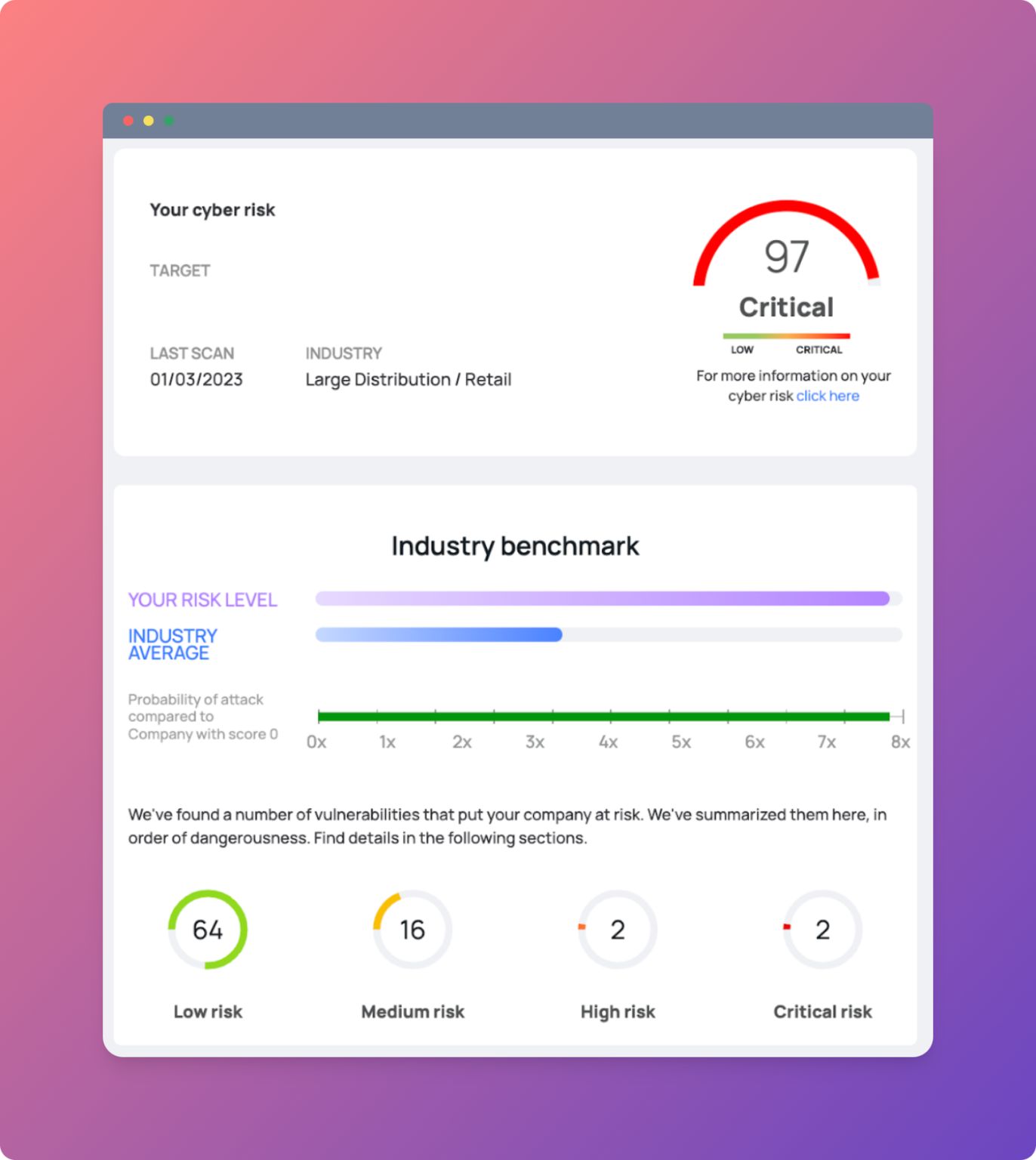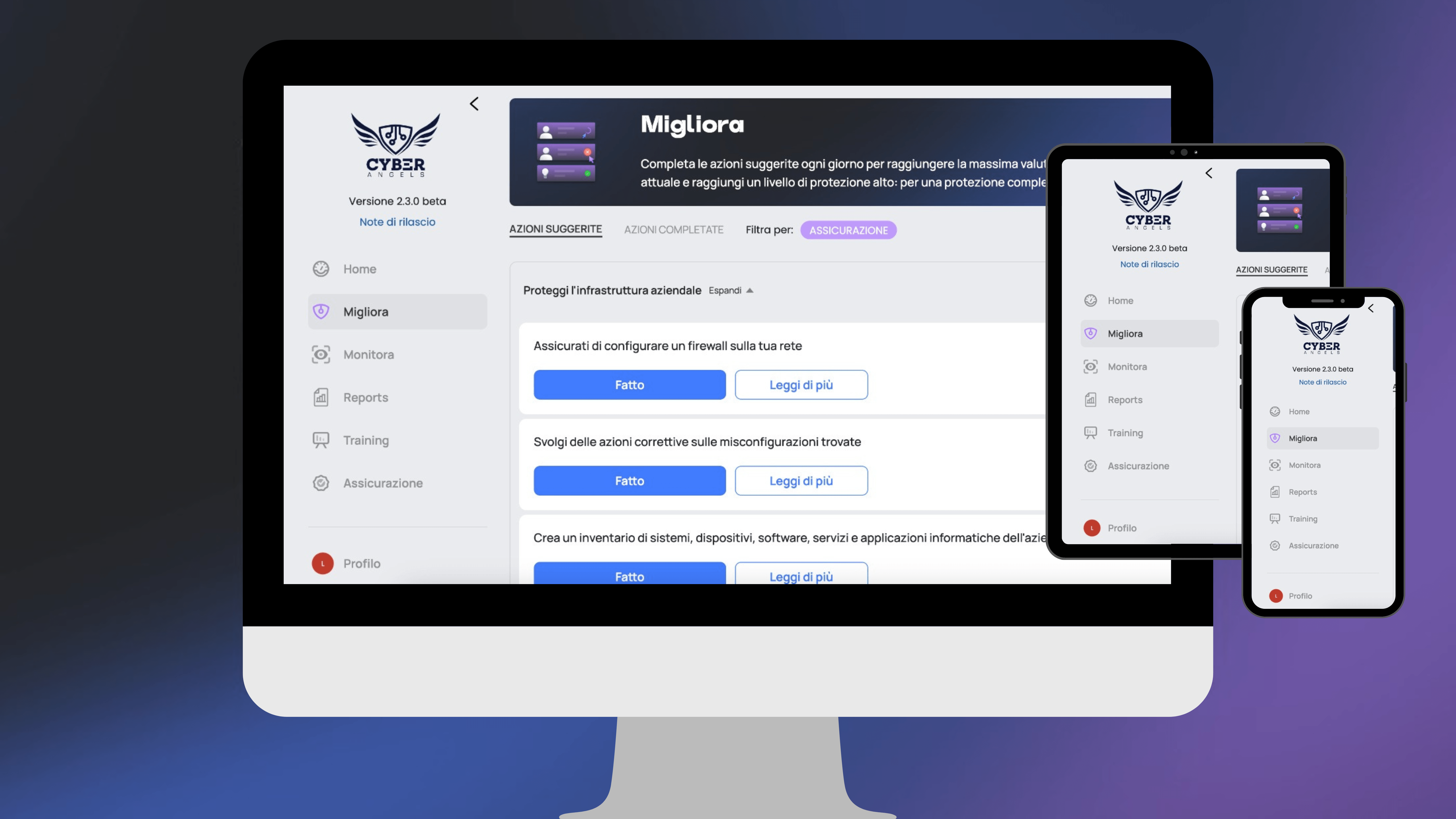As the activities of small and medium-sized enterprises (SMEs) continue to digitise, the need for robust IT security measures becomes increasingly important.
However, many SMEs make common cybersecurity mistakes that make them easy targets for cybercriminals.
The story of one of our clients, a small consulting company in the pharmaceutical sector, is a prime example. It had developed a web application to provide technical services to its customers, but had not implemented basic IT security measures during the development process.
When it comes to developing a web application, one of the most important aspects to consider is cybersecurity. Unfortunately, our client did not prioritise cybersecurity during the development process of his web app.
How to put corporate reputation at risk
As a result, customers' access credentials were at risk of being compromised.
In other words, anyone who managed to obtain these credentials could potentially gain access to sensitive information, such as confidential data and trade secrets. This not only puts the reputation of the consultancy firm at risk, but also the business of its clients.
Imagine, for instance, that someone gains access to a customer's login credentials and uploads confidential data on a new drug under development or steals a customer's intellectual property.
This could be disastrous for both the client and the consulting firm, as both would lose the credibility and trust of their clients and face serious legal problems.
The 'Bad Guy' in this story is the external software factory that the consulting company hired to develop its web application. Despite the task of creating a secure web application, it failed to implement basic IT security measures.
"The 'hero' in this case is the consulting company itself. It recognised the error and took steps to correct it, ensuring the protection of client information.
5 Things to be the Hero of History
To avoid falling into the same trap as our client, SMEs should take the following measures:
- Conducting a cybersecurity risk assessmentIdentify potential vulnerabilities and threats affecting your web application and rank them according to probability and impact.
- Choosing a reliable software development companyMake sure that your company has a proven track record in building secure web applications.
- Check your application for the basic cybersecurity measuresMake sure your web application complies with industry standards, such as OWASP, and includes features such as encryption and two-factor authentication.
- Regular testing and monitoring of the web applicationCheck and monitor your web application's vulnerabilities regularly and ensure that any problems are addressed promptly.
- Educating employeesMake sure your employees are aware of the importance of IT security and are equipped to protect your company.
By following these steps, SMEs can ensure that their web applications are secure and that their customers' information is protected.
Don't let a villain you trust compromise your company: be the Hero and act today to protect your web applications.







